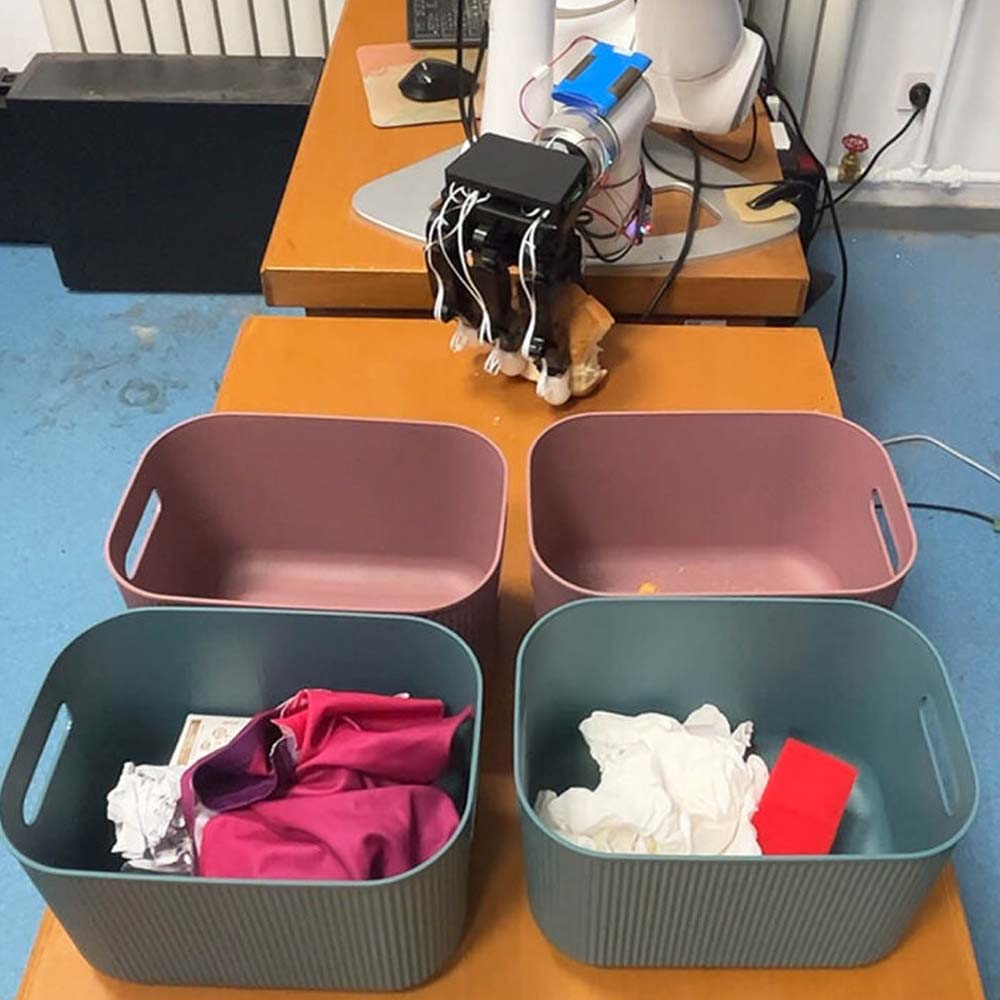Sustainable development is based on several axes, including the use of renewable energies, water cycle management and the circular economy. The latter approach seeks to minimize waste generation in the quest for zero waste. To this end, the implementation of recycling policies is essential, but one of the stumbling blocks remains waste sorting. As the materials involved are of diverse origin and composition, they must be meticulously sorted.
This task is carried out by means of different techniques, such as magnetic separation, flotation by immersion in liquids, decomposition processes or manual separation. Fortunately, there are technological advances such as artificial intelligence or robotics that are making things easier in recycling plants. The goal is that none of the waste we produce ends up in a landfill, but rather that it lives a second life converted into other products and raw materials.
Most common types of urban waste
To understand the challenge faced by this type of recycling plant, it is useful to first explain the great diversity of waste and the different characteristics of the materials. Although there are many types, including construction waste or hazardous waste from industrial activity, a municipal waste sorting plant (MSW) mainly receives organic and inorganic waste:
1. Organic waste. This is waste of biological origin that can decompose naturally.
- Examples: Food scraps, fruit and vegetable peels, coffee grounds, leaves or garden waste, among others.
2. Inorganic waste. In this case they are wastes that do not decompose naturally and are generally not biodegradable.
- Examples:
- Plastics: Bottles, containers, bags.
- Metals: cans, lids, metal objects.
- Glass: Bottles, jars, jars.
- Paper and cardboard: Newspapers, boxes, magazines.
- Textiles: Clothing, fabrics, synthetic fibers.

Robotics applied to waste classification
Curiously, in many cases, the most reliable way to separate waste is manually, by means of a human operator. Hence, researchers at Tsinghua University have set out to develop a robot capable of sorting garbage by mimicking the human sense of touch.
Humans possess several types of tactile sensitivity, one of which is thermal sensation. This allows us to sense wind, perceive heat and cold, and distinguish between different types of materials, such as wood and metal, due to the different thermal sensations they produce. The researchers have sought to mimic this ability by designing a robotic tactile sensing method that incorporates thermal sensations for more robust and accurate object detection. In addition, they have combined this type of sensor with others to maximize the efficiency of the system.
Thus, the new waste sorting technology uses a layered sensor that detects material on the surface, pressure sensitivity at the bottom and thermal changes in the middle layer. The developers have tested their system with a range of common waste, such as cardboard, leftover bread, plastic bags and bottles, orange peelings or expired medicines.
Supported by a sorting algorithm, the robot achieves 98.85% accuracy in identifying and sorting waste. All this opens the door to the development of efficient and autonomous recycling solutions that also benefit human health, as waste treatment exposes operators to hazardous chemical and biological substances.
The robot combines several technological innovations to replicate the complexity of human touch, a breakthrough that not only improves waste sorting, but also opens up new possibilities in touch-sensitive robotics. Thus, it has potential applications in other fields such as intelligent prosthetics for people with hand disabilities in providing them with an advanced tool to manipulate objects.
If you want to learn more about the potential of recycling and waste sorting technologies in fields such as construction, as well as the latest advances in renewable energies and drinking water production, subscribe to our newsletter at the bottom of this page.
Source:



